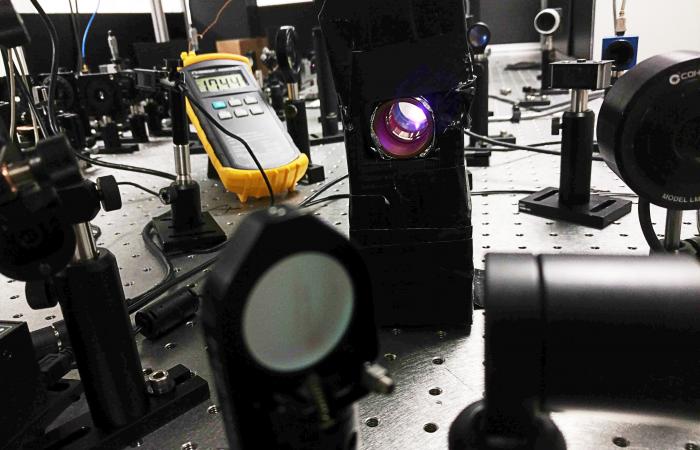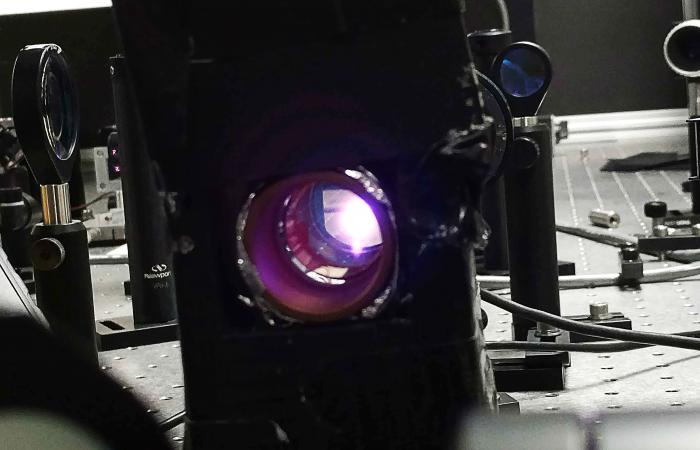To minimize potential damage from underground oil and gas leaks, Oak Ridge National Laboratory is co-developing a quantum sensing system to detect pipeline leaks more quickly.
Currently, fiber-optic sensing cables running through or around pipes detect fluid flow and leaks with signals from classical light sources. The new system by the University of Oklahoma, Louisiana State University and ORNL will replace classical light with quantum light originating from entanglement. Quantum-entangled light sources create less background noise than classical light and are sensitive to smaller signals.
“We’ve shown in many other systems that there are signals that are so small that they’re hidden by the classical noise, but you can see them with the quantum noise,” ORNL’s Raphael Pooser said.
OU researchers are building the machine that produces entangled particles. The team will evaluate the system at ORNL and then perform a 5,000-foot deep well test at LSU. – Alexandra DeMarco



